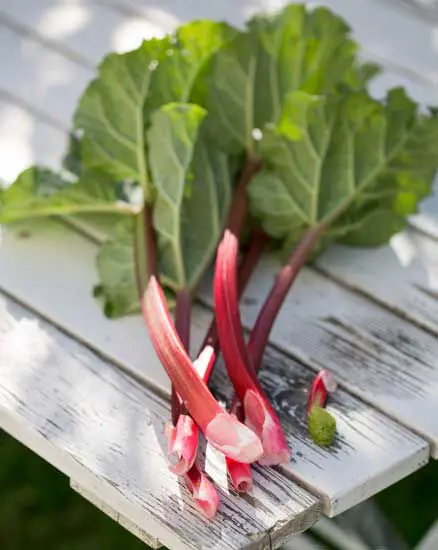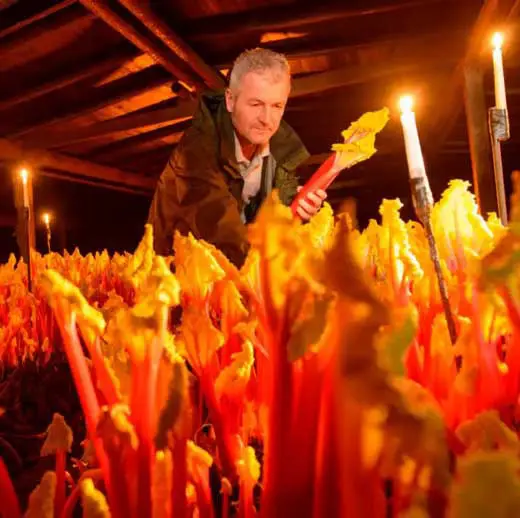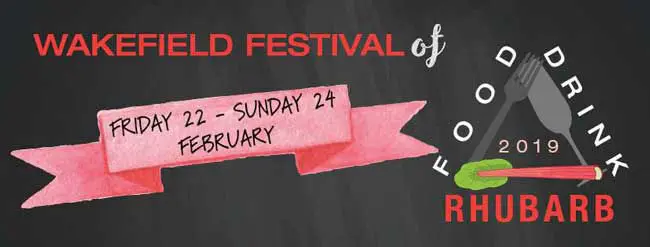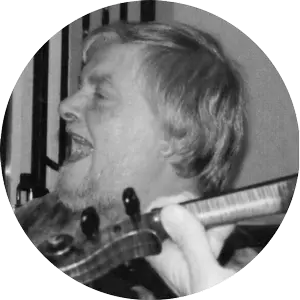
When the Rhubub's Up
Ahr Sally bought a chicken,
And she thought it was a duck,
She took it in the cellar
Wi’ it’s tail cocked up.
Sugar in the basin,
Milk in the cup.
Call again tomorrow
When the rhubub's up.
When the rhubub's up
When the rhubub's up.
Call again tomorrow
When the rhububs up.




